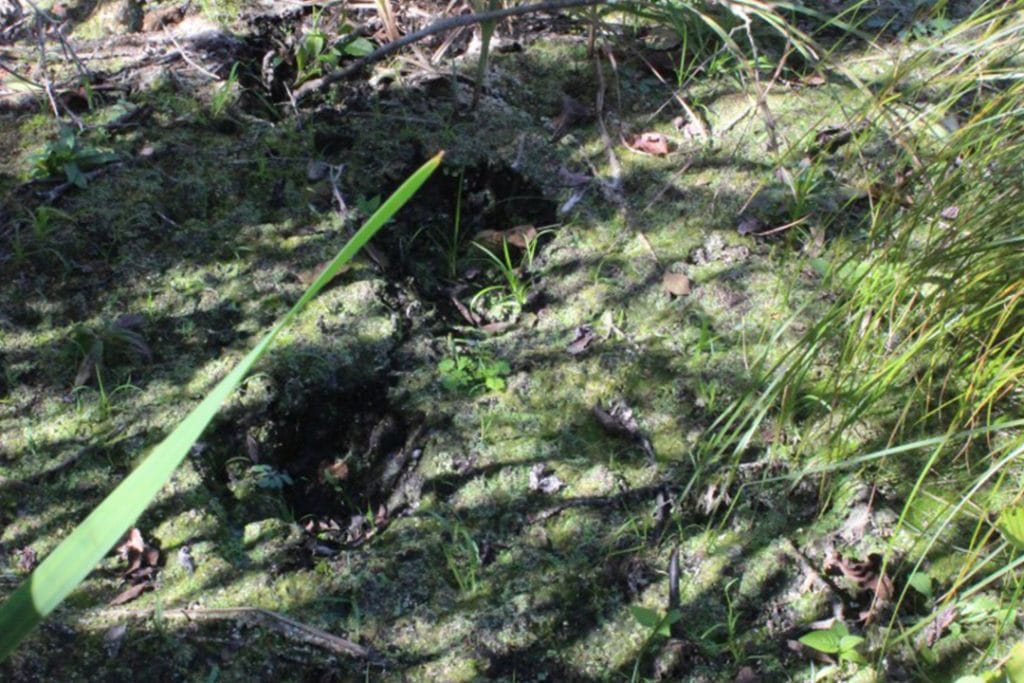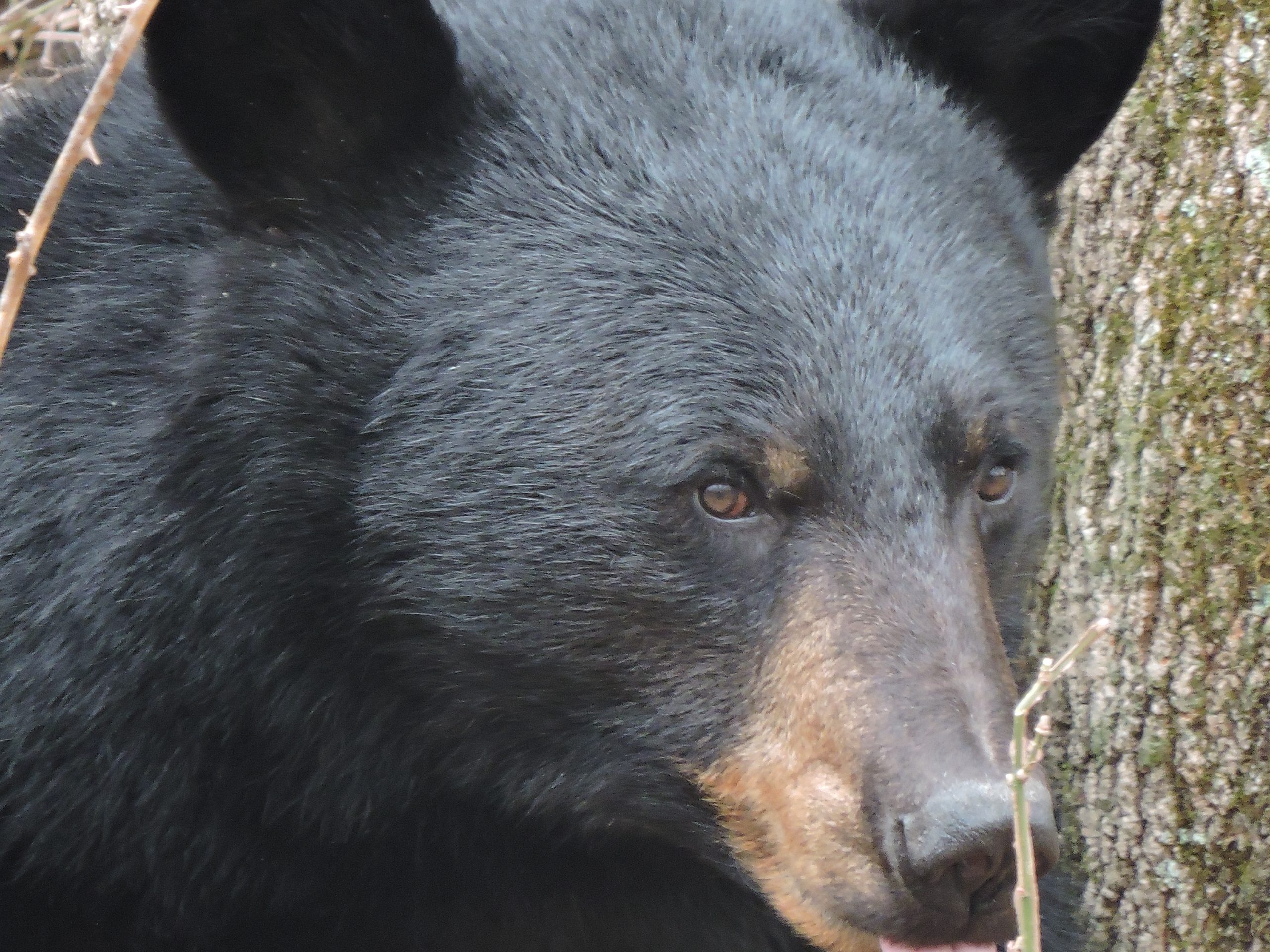A broad black mass foraging in a foliated landscape is becoming a common sight as Connecticut’s bear population continues to grow.
This species was extirpated from the state in the 1800s, seen as a threat to livestock roaming the cleared hillsides. With farms abandoned and fields regenerated, Connecticut again offers suitable habitat for bears. High quality habitat exists in the form of lush wetlands with young shoots in spring and thick forests with reliable masts in fall. Many bears find this resource richness in the northwest corner and emigrate from source populations in the Berkshires of western Massachusetts and Taconics of New York. In the last 20 years, the population has experienced a dramatic increase in numbers and expansion in range to the south and east.
Biologists have documented high reproduction rates in adults and high survival rates of offspring. While female cubs often settle close to their mother’s home range, young males tend to disperse and travel significant distances in search of their own territory. Once established, a male’s home range can exceed 50 square miles, about 10 times that of a female. This suggests that most bears observed during initial recolonization are males.
In 2012, Steep Rock Association took part in a collaborative DEEP / UCONN study that investigated the size and distribution of Connecticut’s bear population. PhD student Mike Evans used barbed wire corrals, considered a non-invasive technique in the wildlife field, to attract bears and obtain hair samples. Three of the 175 corrals deployed in western Connecticut were in Steep Rock preserves. No hair was detected on our corrals, but 235 different bears were identified from hair on others. Another facet of the study examined how human density affected black bear ecology. They found the highest concentration of bears are in “exurban” areas with 6-50 houses/km2, presumably due to the availability of supplemental food sources without sacrificing adequate forest cover. You can visit a story map of the study’s findings at the link below:
http://clear3.uconn.edu/viewers/bears/
Now is a better time than ever to see one of the estimated 700 bears in the state! Just last month, three individuals were observed within a few square miles south of Steep Rock Preserve. They are focused on fattening up for winter and in drought conditions, will move widely through their range to make ends meet. Refer to the DEEP website for information on preventing problem bears at your home and what to do during an encounter.
http://www.ct.gov/deep/cwp/view.asp?a=2723&q=325968&depNav_GID=1655


